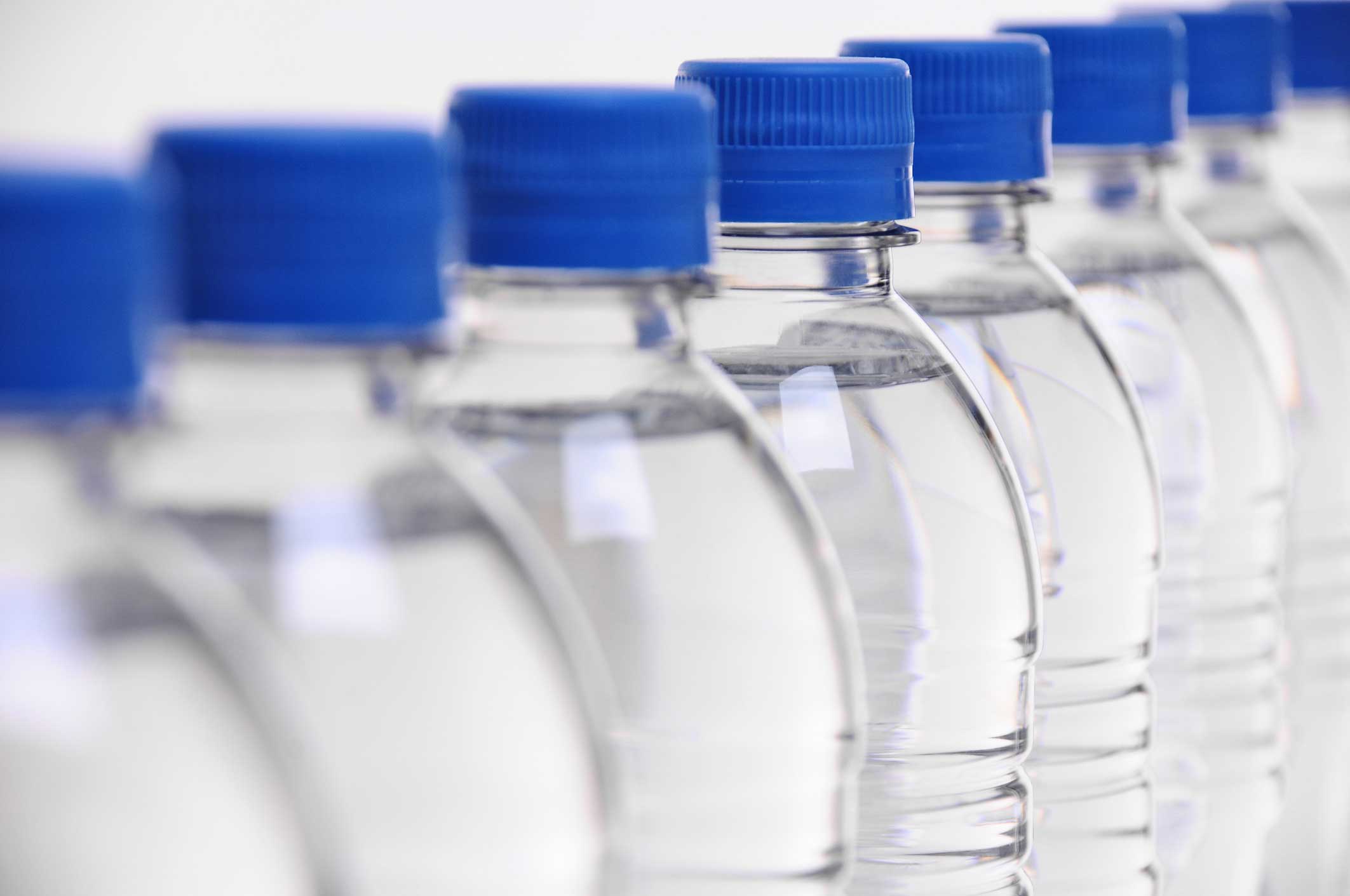Our weekly NFL report evaluates injuries to players of local (Patriots, Giants and Jets) or national interest with commentary by a sports orthopedic specialist from the Bone & Joint Institute at Hartford Hospital. Sign up for automatic delivery to your inbox (click here and scroll to “Free email newsletters”).
Players: Stephon Gilmore, Patriots cornerback. Danny Amendola, Patriots wide receiver.
Injury: Both players missed part of the fourth quarter of New England’s 33-8 victory over the Oakland Raiders Nov. 19 in Mexico City because of dehydration. It’s suspected dehydration was caused by Mexico City elevation (7,282 feet above sea level). The Patriots’ home in Foxborough, Mass., is 289 feet above sea level.
Expected time missed: Each player returned to the game, but dehydration can accentuate muscle cramps, strains and strains. In extreme cases, it can lead to heat stroke and even death. It’s the second time this season Gilmore has left a game with dehydration. Both players should be ready for the Patriots’ next game. Temperatures were around 70 degrees for the game in Mexico City.
Dr. Clifford Rios, Bone & Joint Institute orthopedic surgeon and board-certified in sports medicine: “Water makes up about 60 percent of our body composition and is essential for proper circulation and metabolic function within organs and tissues. Dehydration results in reduced plasma volume, reduced cardiac output, and can adversely affect performance with as little as 2 percent loss of body weight due to water loss. The main thing in football is muscle biochemistry. Inadequate hydration/electrolyte balance predisposes to muscle aches and, worst case, debilitating cramps that can be as (or more ) painful as any other orthopedic injury.”
Dehydration risks: For the athlete, dehydration heightens the risk of injury. Sodium and potassium, electrolytes controlled by the body to aid the contraction and relaxation of muscles, are lost during rigorous physical activities. Athletes unaccustomed to high altitude are particularly vulnerable. Both Gilmore and Amendola were affected even though the Patriots hoped to acclimate the team to Mexico City by spending a week practicing in Colorado Springs, Colo., at a similar elevation (6,035 feet).
“While not overly hot, Mexico City is certainly warmer than Colorado Springs in November,” says Dr. Rios. “The main reason for the practice at higher altitude was lower oxygen levels at higher altitudes. The body can respond to this when training in that environment. Not such an issue for fluid balance. Any situation that causes excessive loss of fluid can cause risk of cramping.”
Sports and dehydration: An athlete can lose up to 3 quarts of fluid an hour during intense physical activity.
“A trainer or team doctor looks for muscle aches and repeated cramping that’s not responding to stretching/warming,” says Dr. Rios. “Worst case would be mental status changes but this is very unlikely in this case — it’s more likely if you’re lost in a desert.”
What is high altitude?: High altitude is 5,000 to 11,500 feet, very high altitude 11,500 to 18,000 feet. Anything beyond 18,000 feet is classified as extreme altitude. (Hartford is 59 feet above sea level.)
The effects of high altitude: Because sweat evaporates more quickly because of lower humidity at higher altitudes, you might not realize how much fluid you’re losing during physical activity and the need to replenish with water. The lower oxygen levels at higher altitudes also force your body to adapt: Your breathing becomes faster, and deeper, accelerating the loss of fluids. Your body loses water twice as fast, in fact, at high altitude.
Signs of dehydration: An estimated 20 percent of people experience mild symptoms at altitudes between 6,300 and 9,700 feet.
- Fatigue.
- Dizziness.
- Light-headedness.
- Drowsiness.
- Slower reaction time.
- Reduced aerobic capacity.
- Shortness of breath after physical exertion.
- Increased heart rate.
- Swelling (hands, feet and face).
- Naseau, vomiting.
- Impaired judgement.
What is altitude sickness?: This phenomenon is more likely experienced by mountain climbers who go too high, too fast. Types of altitude sickness:
- Acute Mountain Sickness (AMS): Headache, nausea and fatigue.
- HAPE: Breathlessness form excess fluid on the lungs. This life-threatening condition can cause a fever and pink, frothy sputum.
- HACE: Fluid on the brain. Drowsiness and loss of consciousness followed shortly by death.
How to prevent dehydration: Everyone knows the solution is drinking water, but how much and when? Drink fluids regularly during physical activity, including a sports drink with electrolytes (mostly salt) if needed. Don’t wait until you feel thirsty. If you do, you might be dehydrated already.
“There is always the guy on the team (like Gilmore) who sweats more than the average,” says Dr. Rios. “This could be risk factor. Athletes should not rely on thirst as an indicator of need for fluid because it is not reliable. Athletes should develop a hydration routine starting with a baseline that is supplemented prior to, during and after athletic activities.”
Weigh yourself before an immediately after physical activity. If you’ve lost weight, it’s fluids. For every pound lost, you workout should include an additional 20 ounces of fluids.
Drink 14 to 22 ounces two or three hours before a workout, says Dr. Rios, then 4 to 12 ounces every 15 minutes during athletic activity.
Water or sports drink to maintain hydration?: “It’s really a personal preference,” says Dr. Rios. “Beverages supplemented with 4 percent to 8 percent of carbohydrates are recommended during activities lasting longer than 1 hour. Sodium content must also be at normal levels, so it is commonly added to sports drinks.”
Dr. Clifford Rios, a sports medicine surgeon with Orthopedic Associates of Hartford, is Site Director for orthopedic resident education at the Bone & Joint Institute. Click here to find out why the Bone & Joint Institute is the athlete’s choice, with a Motion Lab for performance analysis, the area’s most comprehensive sports rehabilitation facility and 30 fellowship-trained orthopedic surgeons.


